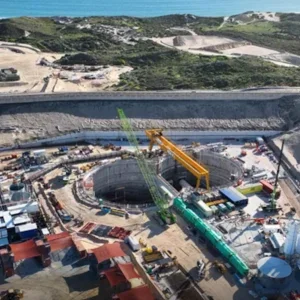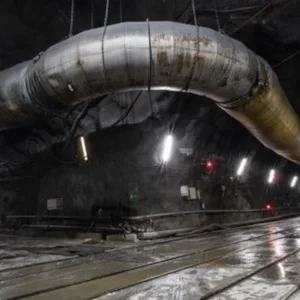Detriot has called on contractors to prequalify for the city’s second push to build Outfall No2 tunnel after the first attempt was stopped by flooding in 2003 and the contract subsequently terminated.
The new tunnel will be 1900m long and have almost 7.4m excavated diameter, bored by slurry TBM almost 50m below the surface. A single pass, gasketed segmental concrete lining of 6.6m i.d. is to be built.
Geology along the alignment comprises permeable rock and the entire route is below groundwater level. The client, City of Detroit Water and Sewerage Dept (DWSD), said groundwater pressure could be up to 5 bar and that hydrogen sulphide and possibly other hazardous gases are anticipated.
Contractors had until 11 January to submit a statement of qualification, which lets DWSD undertake a risk management of the procurement process by first assessing technical competence. A prequalification meeting was held early last month. Shortlisted firms will be invited to submit fixed price bids for the job, MOD DRO-2.
The old tunnel was to be about 1600m long and 6.45m i.d. – about 300m shorter than the new sewer. Construction work on the original contract (PC-709) started in November 1999 to excavate the sewer at a depth of approximately 92m.
By mid 2005 the outfall tunnel was to have been completed and in service, discharging treated effluent to the Detroit river, but a flood in April 2003 brought excavation to a halt. The tunnel remains flooded.
The new contract will plug the original, flooded part-built sewer and backfill the lower portion of each of the following – the entrance shaft, two access shafts and six diffuser riser shafts at the river. A pile supported concrete box will be excavated at the entrance shaft to intercept and transfer all flows from an existing box outlet.
Then, the main tunnelling works will be driven at a higher level along the original alignment and connect with the remaining portions of the access and diffuser riser shafts. Ground treatment, such as by grouting and freezing, will be needed along the route to control groundwater for shaft construction work.







